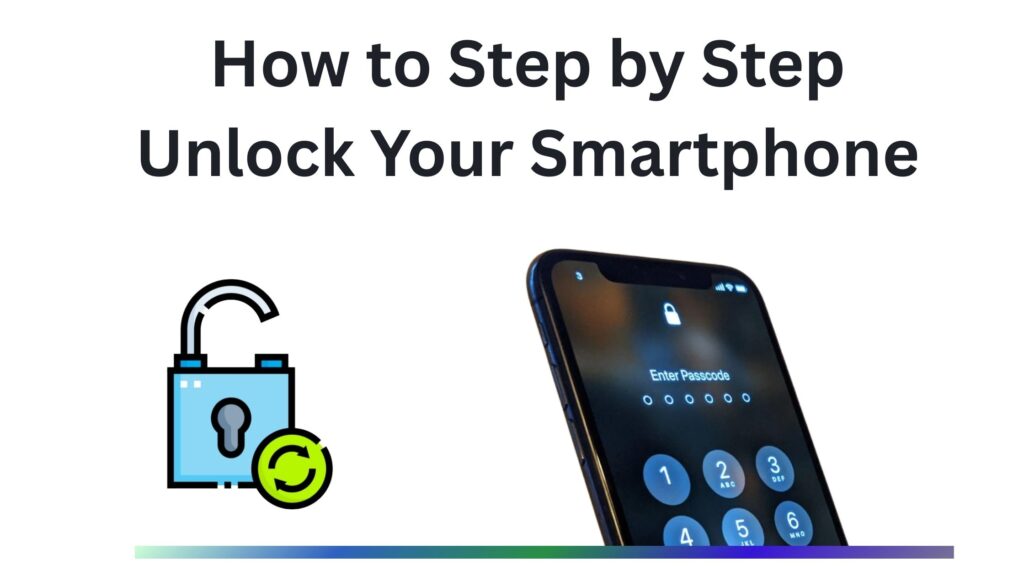
Smartphones have become our lifeline. They store our bank accounts, private conversations, personal photos, work files, and even serve as our keys to smart homes and vehicles. In 2025, the threat of data theft is higher than ever and it often starts with something as simple as leaving your phone unlocked.
A screen lock is the first and most essential line of defence for your digital life. Without it, your phone is like an open door to cybercriminals and opportunistic thieves. In this guide, we’ll explore why screen locks matter, the most secure options in 2025, how to set them up, and advanced tips to stay safe.
Why Screen Locks Matter More Than Ever in 2025
In the early days of mobile phones, screen locks were optional. Now, they’re a necessity. The modern smartphone isn’t just a gadget; it’s a vault of personal and financial data.
Imagine losing your phone and having someone instantly access:
- Your mobile banking apps
- Social media accounts
- Work emails and company documents
- Health and fitness data
- Photos, videos, and personal messages
According to cybersecurity reports in 2025, nearly 38% of smartphone theft victims had unauthorised financial transactions before they could lock or erase their devices remotely.
A strong screen lock not only protects your data but also buys you valuable time to track or wipe your phone if it’s lost or stolen.
Understanding Screen Lock Options in 2025
Smartphone security has evolved a lot over the past decade. In 2025, you have multiple ways to secure your phone, each with strengths and weaknesses.
1. PIN Code
A PIN (Personal Identification Number) remains one of the most widely used screen locks.
- Pros: Simple, fast, works on all devices
- Cons: Short PINs (4 digits) are easy to guess
- Best Practice: Use 6–8 digits, avoid repeating numbers or obvious patterns
💡 Example: Instead of “123456” or your birthday, try something random like “297518”.
2. Password
Passwords allow letters, numbers, and symbols, making them harder to crack.
- Pros: Strong security when complex
- Cons: Slower to type, especially on mobile
- Best Practice: Use a passphrase that’s easy to remember but hard to guess, such as “Sky!Run8Blue”
3. Pattern Lock
A grid-based drawing method where you connect dots in a specific order.
- Pros: Quick and intuitive
- Cons: Smudge marks on the screen can reveal patterns
- Best Practice: Use a complex shape and avoid straight-line patterns
4. Fingerprint Unlock
Modern devices use ultrasonic or optical sensors for biometric authentication.
- Pros: Fast, highly accurate
- Cons: Can fail with wet or dirty fingers
- Best Practice: Register multiple fingers for flexibility
5. Face Unlock
Today’s advanced face unlock systems use 3D depth sensors to prevent spoofing.
- Pros: Instant unlocking
- Cons: Older models can be tricked by photos or videos
- Best Practice: Use only 3D infrared-based face recognition
6. Iris or Retina Scan
Some flagship devices use eye pattern recognition.
- Pros: Extremely secure
- Cons: Slower and not widely available
Which Screen Lock Is Most Secure in 2025?
Security experts in 2025 generally agree:
Best Choice: Strong alphanumeric password + biometric unlock (fingerprint or 3D face recognition)
This gives you the convenience of biometrics for quick access, with the backup of a strong passcode if biometrics fail.
How to Set Up a Secure Screen Lock
On Android (Samsung, OnePlus, Pixel, etc.):
- Go to Settings → Security → Screen Lock
- Choose Password or PIN
- Add Fingerprint or Face Unlock
- Set Lock Screen Timeout to 30 seconds or less
On iPhone (iOS 17 & later):
- Open Settings → Face ID & Passcode
- Set a Strong Alphanumeric Code
- Enable Face ID
- Turn off “Allow Access When Locked” for sensitive features like Wallet and Notifications
Extra Settings to Boost Lock Screen Security
- Disable Lock Screen Notifications: Prevents strangers from reading your messages without unlocking the phone
- Turn Off Smart Lock in Public: Stops your phone from staying unlocked in risky places
- Enable USB Data Protection: Prevents unauthorised PC connections when locked
- Install a Trusted Security App: Some apps offer additional lock features for individual apps
Mistakes People Make with Screen Locks
Even with a lock screen, many users accidentally weaken their security. Common mistakes include:
- Using “1234” or “0000” as a PIN
- Choosing patterns that match shapes (like an L or Z)
- Allowing others to watch you unlock your phone
- Keeping Smart Lock enabled in unknown environments
Real-Life Example: How a Strong Lock Saved a Business Owner
In 2025, Mumbai-based entrepreneur Rohan Kapoor lost his phone during a business trip. Thanks to his Face ID + 12-character password setup, the thief couldn’t access his corporate banking app. Within 15 minutes, Rohan used Find My Device to erase all data remotely, saving him from a potential ₹15 lakh loss.
What to Do If Your Phone Is Lost or Stolen
- Track Your Phone: Use Find My Device (Android) or Find My iPhone (iOS)
- Mark It as Lost: This locks it remotely and displays a message with your contact info
- Erase Data: If recovery isn’t possible, wipe all personal data
- Contact Your Carrier: Block your SIM card to prevent misuse
FAQs About Screen Lock Security in 2025
Q1: Is fingerprint unlock enough on its own?
It’s safe on modern devices, but always set a strong backup passcode.
Q2: Can someone unlock my phone while I’m asleep with face recognition?
Most devices require your eyes to be open, preventing this scenario.
Q3: Which is faster – PIN or biometric unlock?
Biometric unlock is generally faster, but PINs are reliable in all conditions.
Q4: Should I change my passcode often?
Yes, update it every 3–6 months for better security.
Final Thoughts
In 2025, the best way to secure your phone is to combine a strong alphanumeric passcode with modern biometric authentication. It’s quick, convenient, and significantly reduces the risk of unauthorised access.
Remember: your smartphone is your vault. Protect it like you would your home or bank account because, in many ways, it’s even more valuable.





